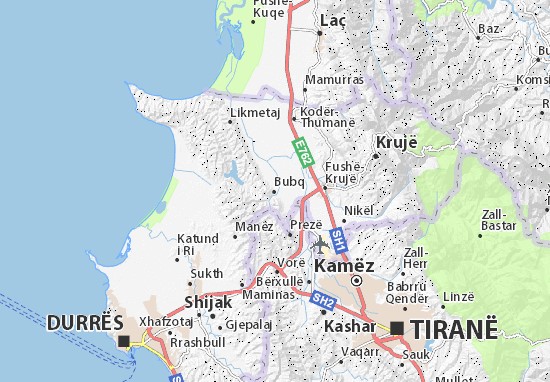
Albania, Durres | The land of eagles or Shiptaria or simply Albania is one of the most unknown and new destinations in Europe. After visiting Kosovo and seeing the strong connection with the Albanians, we could not miss Albania itself. Although not in the European Union, the roads and highways in the country are excellent. Perhaps this is due to the fact that Albania is one of the largest producers of bitumen and asphalt in the world.
Unlike the Macedonian border guards, who were rude and demanded cigarettes or alcohol from us, their Albanian colleagues were extremely kind and showed us how to get to the location of our choice – Durres. Shortly after the border we were already on the highway to the sea capital of Albania. The views as we traveled along the highway were breathtaking. The three-lane road was at the foot of high rocky hills dotted with bunkers. Yes with bunkers !! Although not in operation, they are left to remind of the communist era in the past and, above all, to impress tourists. In total, the bunkers in the country exceed 750,000 and were built order of their communist leader Enver Hoxha. The reason is his paranoia that someone might take over the small Balkan country during the Cold War. Not long after we approached our end point, the trip on this highway was extremely calm and there was a lot of traffic.
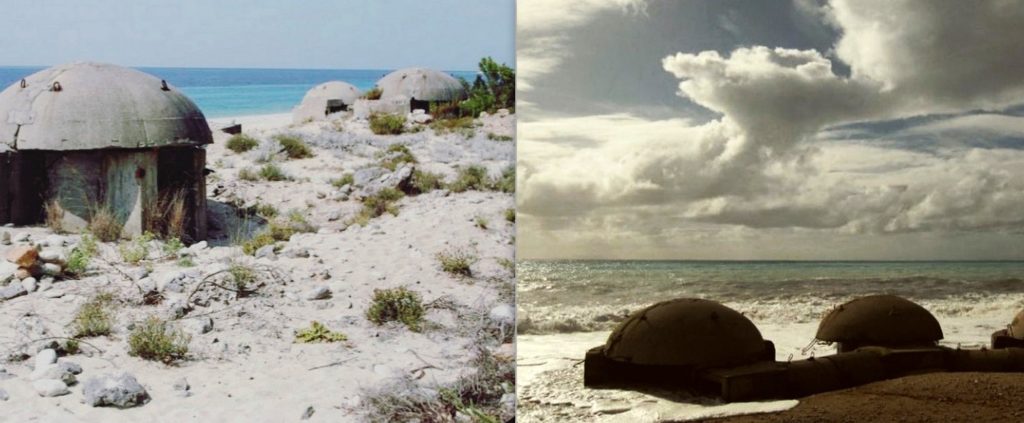
Durres is the oldest city in Albania and is a legacy of several eras – Thracian, Roman and Hellenistic and this has definitely helped Durres to attract many tourists today. Our city offers 10 km of beaches, museums, galleries and remains of ancient landmarks. During the First World War, Duras was the capital of Albania, and is now the second largest city with a population of 100,000 and one of the most visited resorts. It is located 30 km from the capital Tirana and can be reached in around 30 minutes car.

We chose to stay in Villa Belvedere near the central beach Shkembi Kavajes, 6 km from the city center. The villa offers Wi-Fi, Albanian cuisine, an outdoor pool, a sauna and a gym. Prices are budget and range from 25 euros to 75 euros.
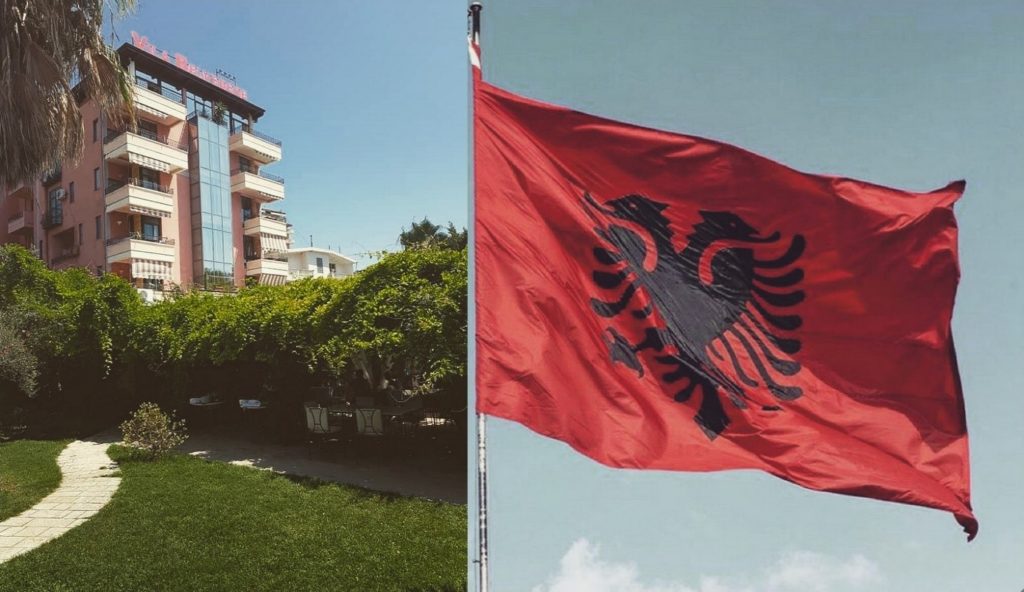
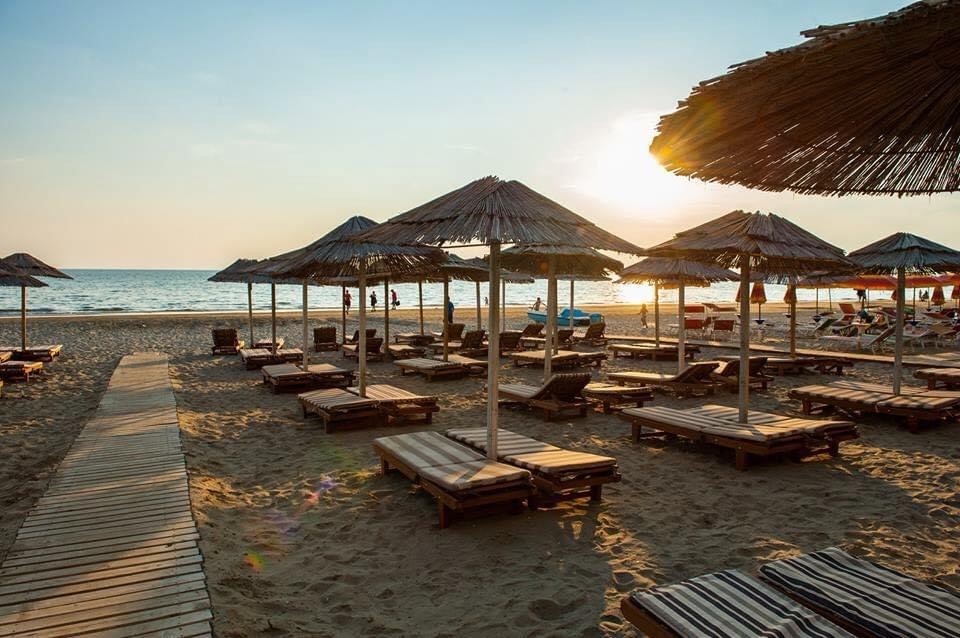
After settling in, we headed to our first landmark on our tour – the Amphitheater. It was built in the 2nd century and gathered up to 20,000 people, was discovered chance in the 60s and has not yet been fully developed as a tourist destination but has great potential to become one.
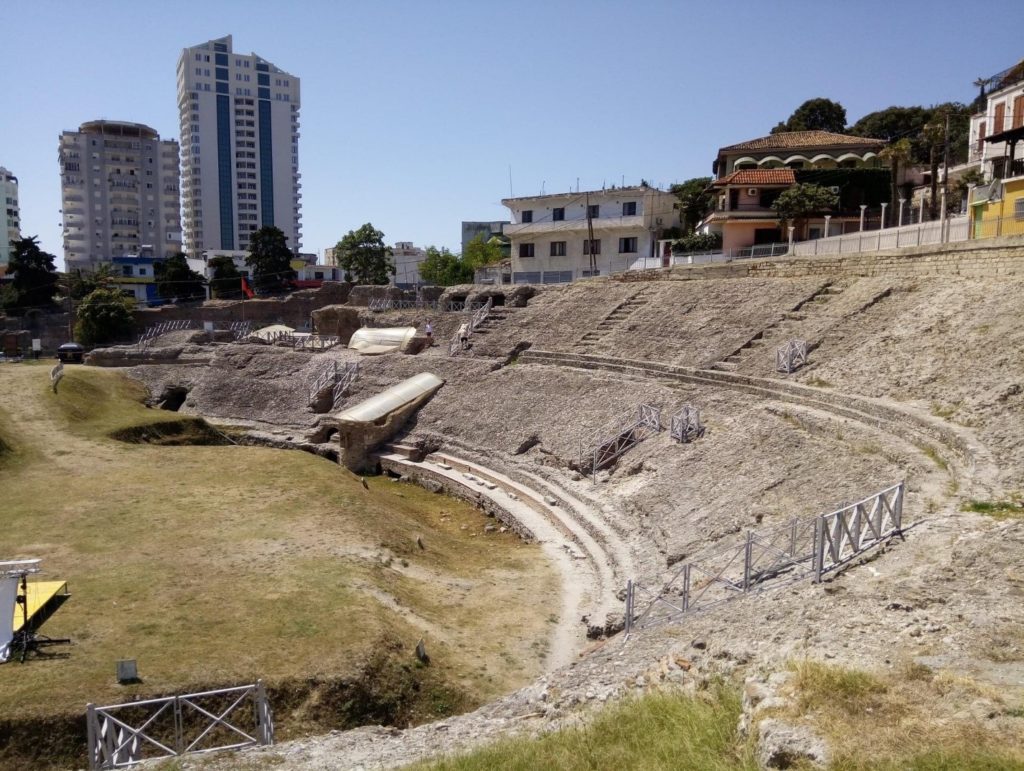
Our next step is the Duras Archaeological Museum, which has an impressive collection of artifacts. Here are exhibits from all historical periods that Albania has gone through. Among the most remarkable exhibits are a series of horn tombstones and an impressive stone sarcophagus. Unfortunately, photos inside are not allowed.
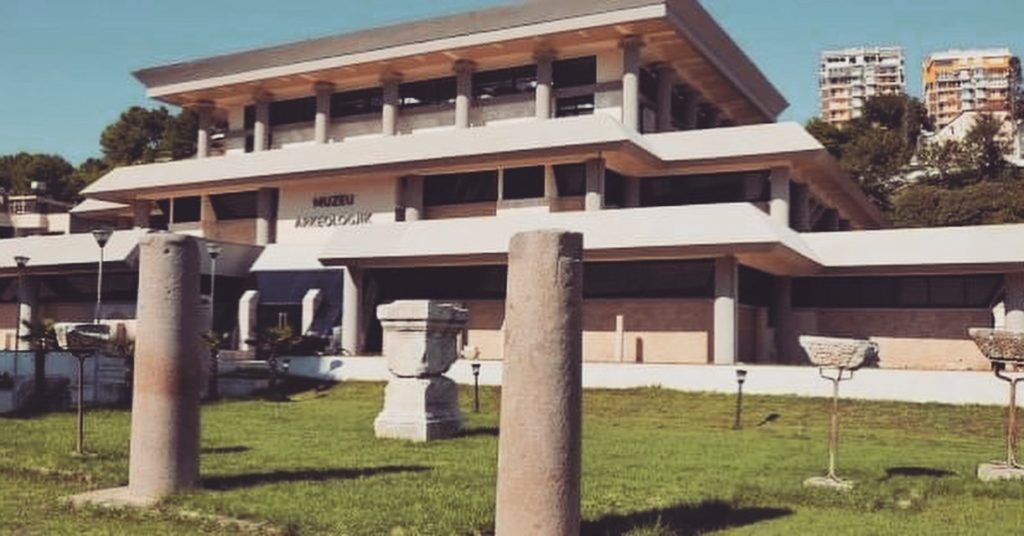
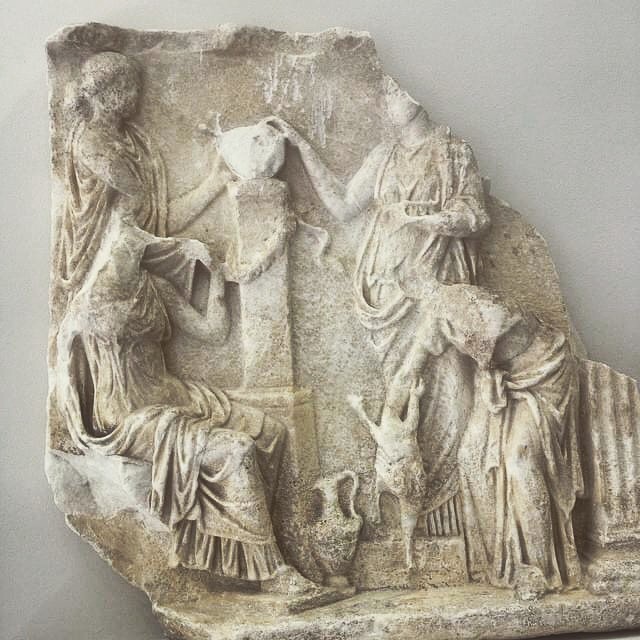
After the museum we went to the Rotunda, so called the next landmark – the Venetian Tower. It was built in the 16th century in the then typical Albanian architectural style. At the top of the tower is a unique restaurant with authentic cuisine that we could not miss. The service was great and the view of the whole of Duras was truly stunning.
After a great lunch at the Rotunda, we visited the Colosseum Gallery and saw an exhibition of works local artists. Again, the photos were banned, but we highly recommend to visit this spectacular place.
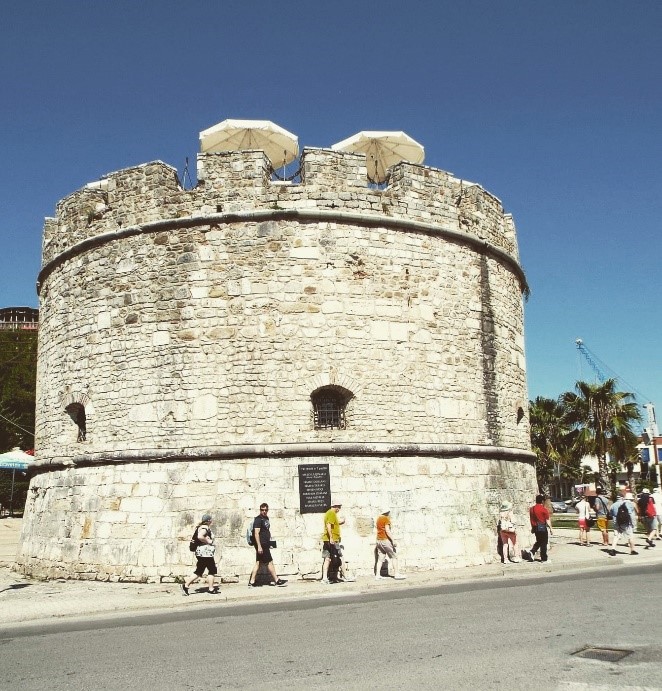
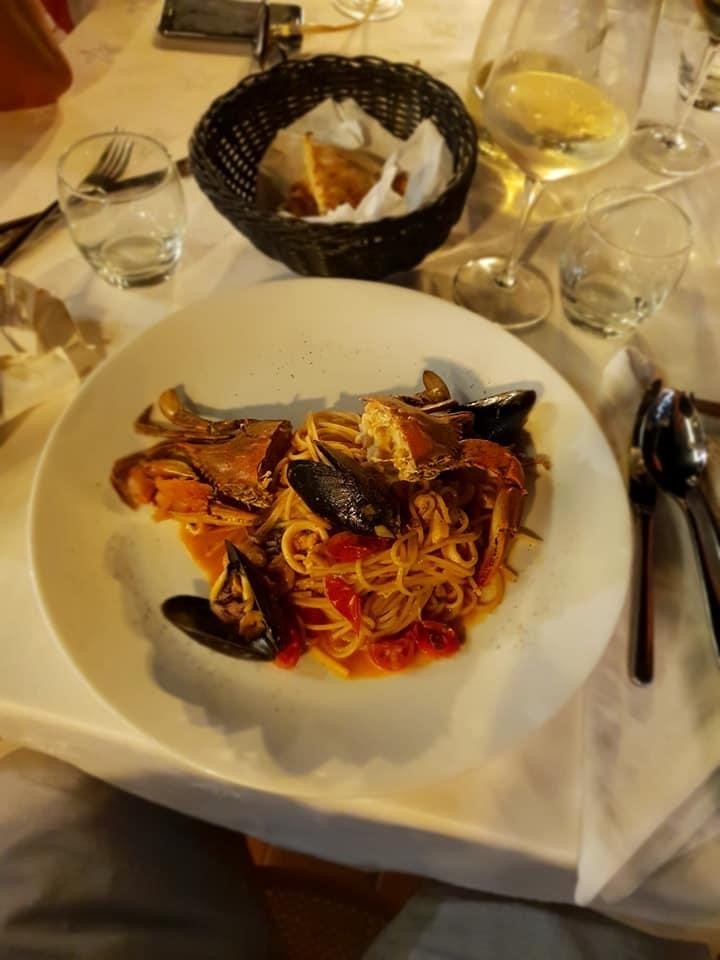
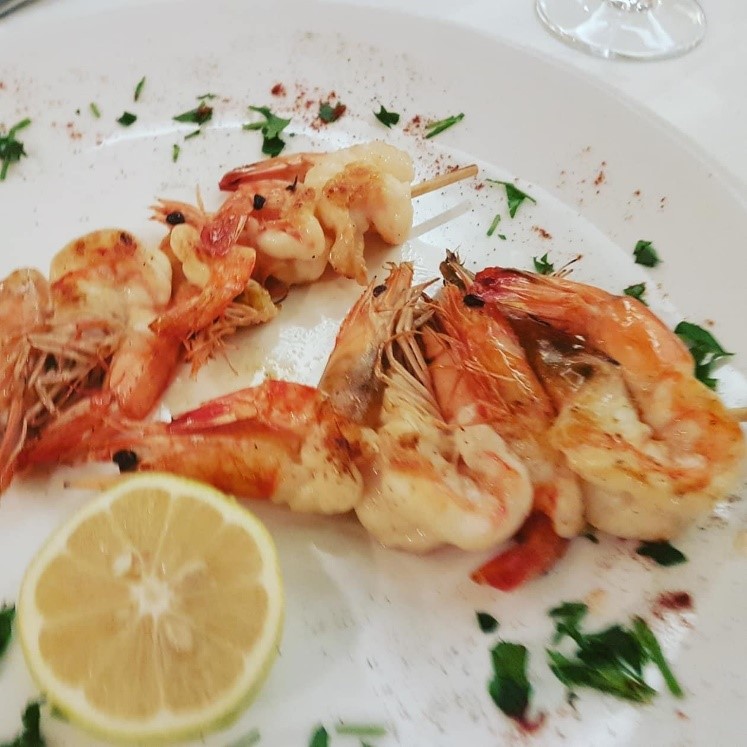
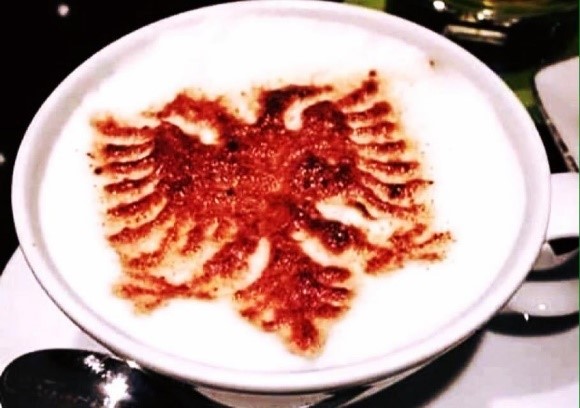
The last point in our tour and the most exciting for us was the palace of King Zog I of Albania. It was built in the 1930s and was used as the summer residence of the King and his wife Queen Geraldine, who were unable to enjoy it much because shortly afterwards the Italian invasion began and they left Albania. The palace is made of massive Greek marble carrara and furnished with baroque furniture. Fortunately, photos were allowed.
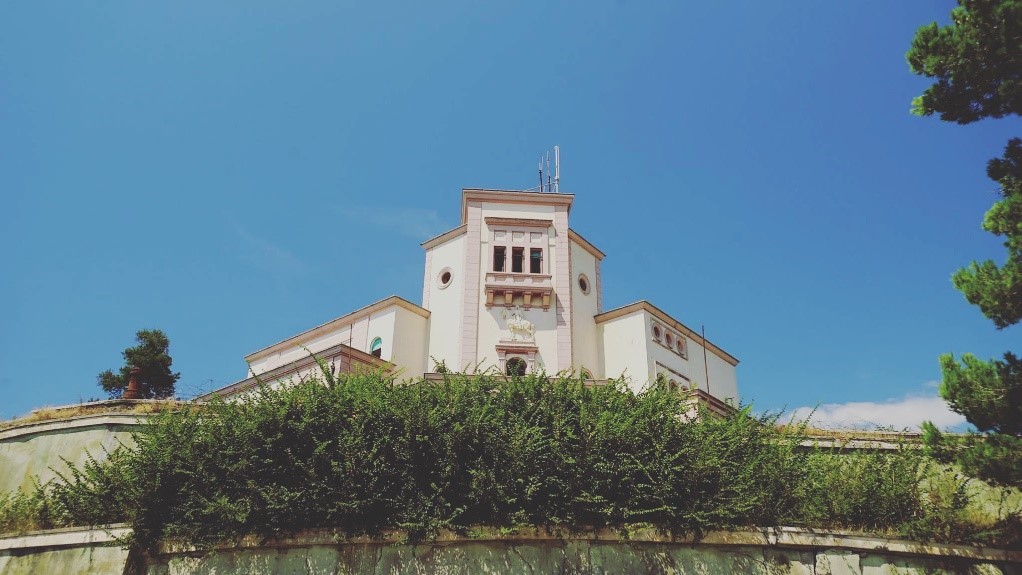
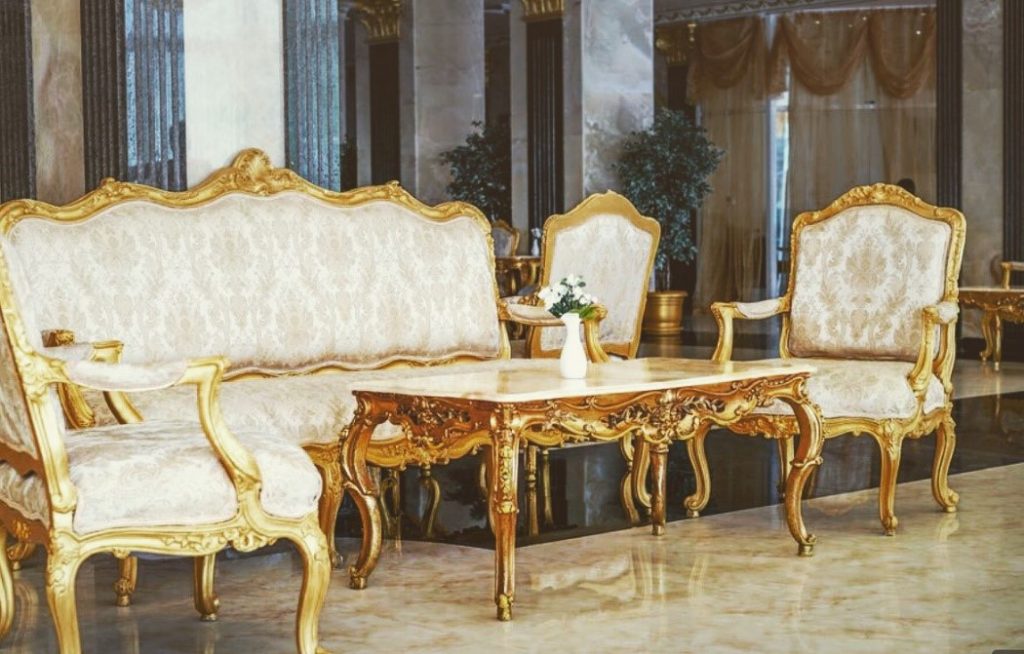
In the late afternoon we went to the beach near our hotel and enjoyed the last rays of sunshine.
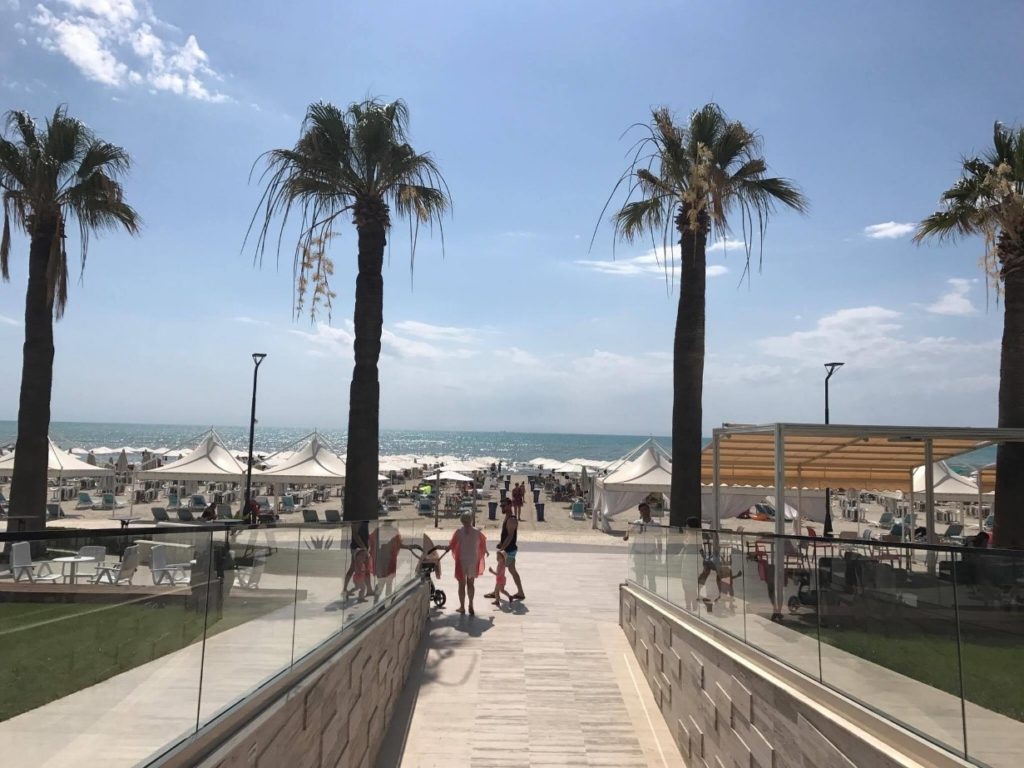
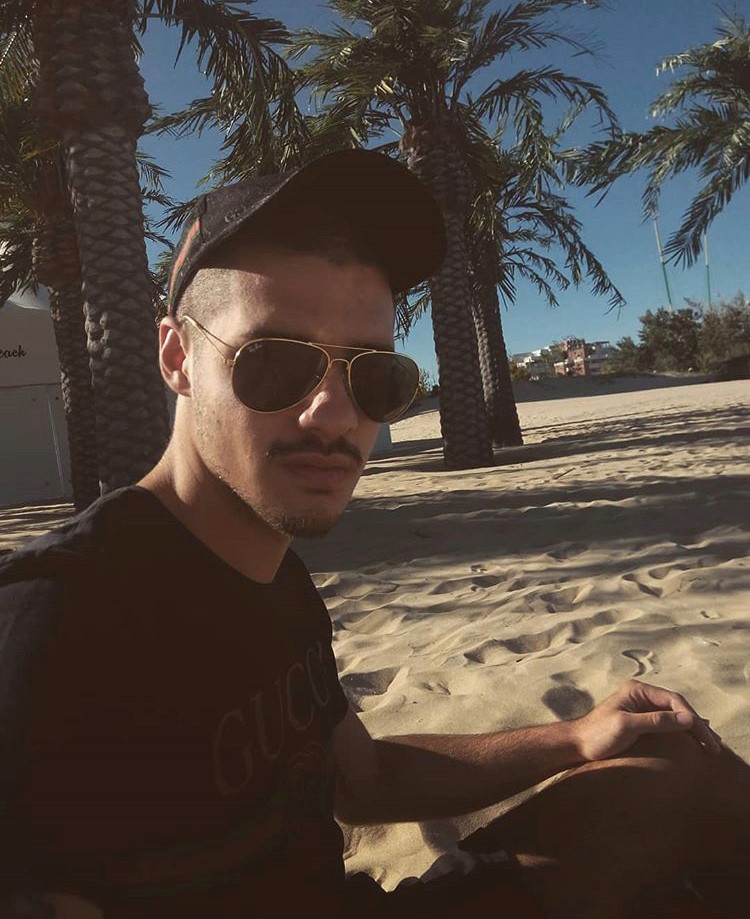
More Travel Articles for: 1. Philippines 2. Indonesia 3. Malaysia 4. Thailand 5. Vietnam 6. Singapore 7. Taiwan 8. Cambodia 9. Georgia 10.Greece 11.Europe
Recommended Places in: 1. Philippines 2. Indonesia 3. Malaysia 4. Thailand 5. Vietnam 6. Singapore 7. Taiwan 8. Greece